The Air Quality of Our Cities’ Subways
Being a daily subway rider in the 1960’s I’m quite experienced at traveling those trains for over two hours daily Monday through Friday for quite a few years. I can attest that in those years you could smell the air quality you did not need to have it measured. There was no AC, and it could get very stuffy especially in hot weather and the crowds at rush hour made it quite uncomfortable. In those days we did not think of unhealthy air quality, only getting back and forth from school on time.
Today commuting by subway is more comfortable since most cars are air conditioned so at least that problem is solved. The other problem today is safety with not enough police to monitor the criminals both at the stations and on the trains themselves. For those people who must use the New York City transit system, it could be quite an excruciating trip. Besides having to look over your shoulder to make sure you are safe and holding your eyes open not to fall asleep from the rocking of the cars, you are breathing in contaminated air.
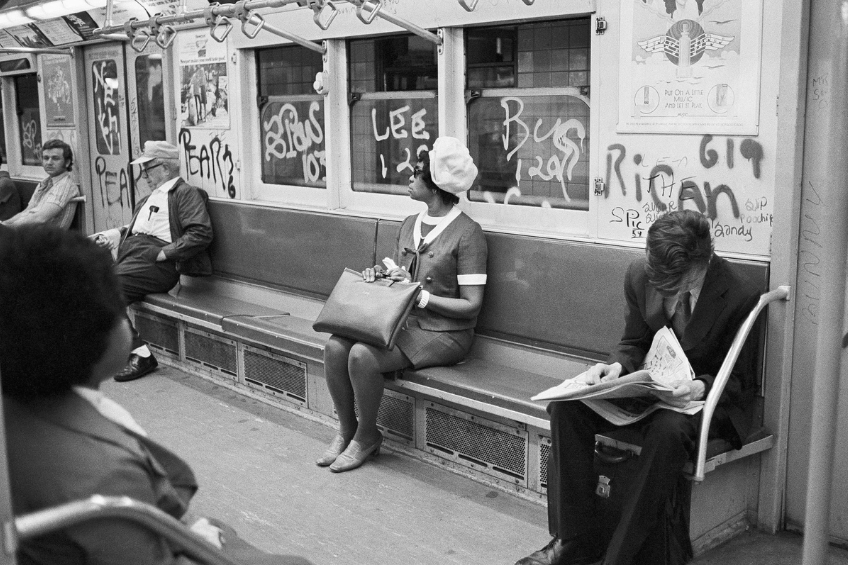
Yes, the New York City subway is the most economical route to work but that doesn’t mean it’s good for your lungs. Not only are levels of the gas known as PM2.5 dangerous in the subway cars but even standing on the platforms, riders inhale these hazardous substances. These substances are also known as fine particulate pollution which travel not only into the lungs but into the bloodstream as well of the over 3.1 million commuters from the New York City’s boroughs of Queens, Brooklyn, Bronx and Manhattan.
The WHO (World Health Organization) sets the standards for the limits of healthy levels of air pollution and has publicized that the levels of the New York City subway cars are from ten to seventeen times higher than considered safe by the WHO. Unfortunately, those riders suffering the most are the lower income workers including Spanish and Blacks.
The irony is that by using public transportation the citizens of the city are contributing to helping decrease climate change and air pollution making NYC a winner among green cities. Besides the carbon monoxide and other pollutants coming from the trains, researchers have discovered that the wheels of the trains and brakes which are made of metal, rub together as the trains move, metal particles are released into the air as the trains hit the stations.
Workers who take the subway were tested against those who don’t and were found to have thirty-five percent higher concentrations of toxic pollutants in their bodies than those people who do not use the subways. The longer the trip takes, the more toxicity enters a person’s body, and many people must travel long distances on the subway to get to their jobs. These people generally do not own automobiles, or it is just too costly to bring the car into the city.
People with higher income brackets would rather stay in traffic in their air-conditioned cars than chance those long rides on the subway. Even with the threat of increased bridge and tunnel fares, drivers are willing to pay over fifty dollars for parking their cars since they want to be safe rather than take a chance with the crime and pollution of the subways. There are certain subway lines that have express trains that can really get a person to their destination in a timely fashion, but people would still rather take their own transportation. It might be a morbid comparison, but subways are tunnels just like in Gaza and when it rains not only do they have toxic pollutants to contend with but moisture and mold as well. In the past, homeless people used to sleep in the subway system. I’m not aware if there is still that population living between the stations.
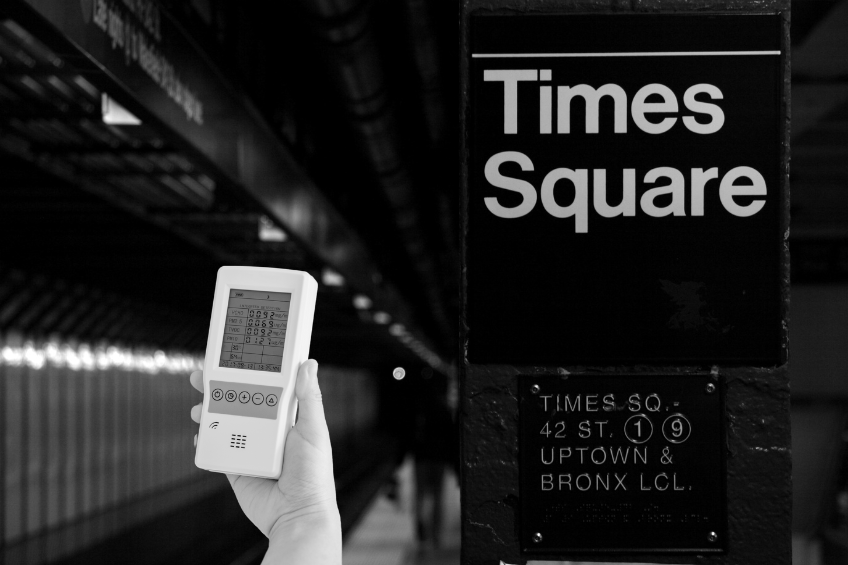
Most subway stations in New York City are ancient and dirty, smelling of excrement and other harmful bacteria. Masoud Ghandehari is a professor at the New York University School for Civil and Urban Engineering, and he headed the research team that tested both the subway system air and the people who ride the subway cars regularly day in and day out. As a train pulls into a station you can hear a hissing sound which is the air that is shooting up debris and pollutants that are stuck on the tunnel’s bottom increasing air pollution. This toxic air is then inhaled by the occupants on the subway platform.
The Long Island Railroad and Other Above Ground Railway Systems
It’s only common sense but above ground railway systems are much healthier for commuters and the LIRR is one example. This system goes from different points on Long Island to final destinations in Brooklyn and Manhattan. In the past there was only a single stop on the west side of Manhattan at thirty-fourth street. Recently the railroad has added a new corridor at Grand Central Station on East forty-second street. Before that riders had to either take a shuttle to forty-second street, or a subway or bus. Now they can get off either on the east or west side which will get riders to their destination quicker.
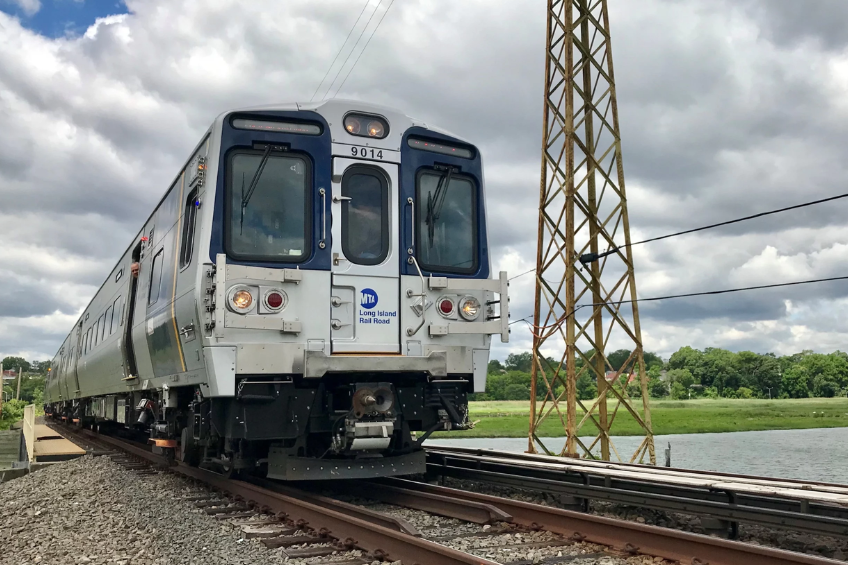
Of course, the advantage of above ground transportation is the fresh air while you are waiting on the platform for the train to come. The disadvantage is the price which is steeper than the subway fares. Because of this discrepancy, riders from lower economic scales will take the subway with pollution and the middle-class riders will take the above ground railroads when possible. Another negative factor is that minority and low-income riders who are on the subway for extended periods are already more vulnerable because of inferior living conditions.
The London Underground
We have learned that underground subway systems like New York are havens for such terrible air pollution that commuters’ lungs, bloodstreams and their actual lives are at risk every day as riders approach those long stairways down to trouble. How does a subway system such as the London Underground compare to the New York transit system when it comes to the presence of pollutants?
London, unlike New York, has greater problems both above ground and below when it comes to air pollution. There is PM2.5 with nitrogen oxide above ground caused by cars and their movement causing serious lung diseases such lung cancer and asthma causing the deaths of thousands of Londoners year after year. Government officials in England differ in opinion as to how harmful their subway system pollution is which they call, “tube dust”. Some opine outdoor pollution is more of a menace than underground pollution. However, this does not at all mean that the underground is safe from toxins. On the contrary, a 2019 study by the London Financial Times proved the existence of extreme pollution in their underground system, actually ten times higher than the recommended limit by the WHO. A different London investigation found that air pollution in the London underground was eighteen more times down under than above ground which is a direct contradiction to the study that insists that the underground subway is safe.
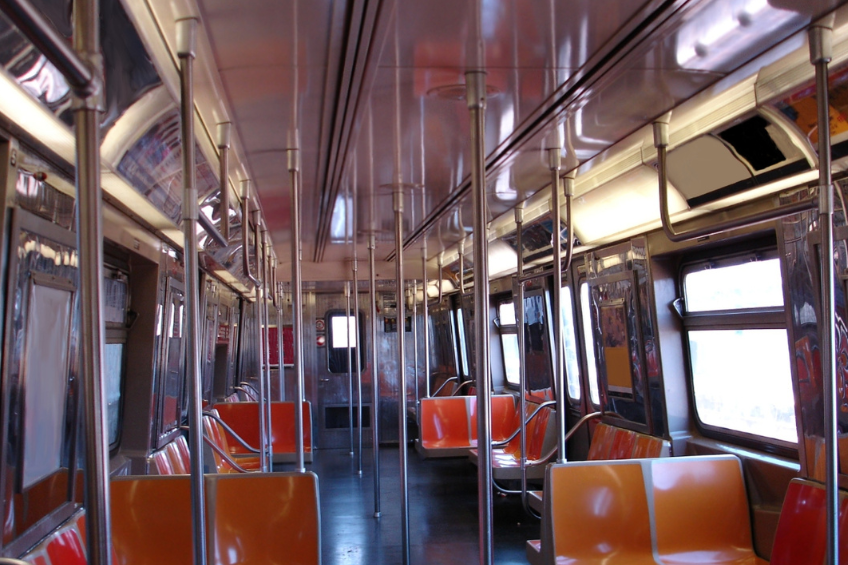
The contents of the toxic PM2.5 particles are different above and below and here are the differences: The particles from underground were tested and the results are that the particles underground consist basically of the metals caused by the wheels and braking of the trains while the above ground PM2.5 particles are a mixture of gasses from autos and other above ground transportation such a wood, diesel, petrol and oil.
A conflicting London study shows that indeed the underground system has more than just metals in its PM2.5 particles. These include iron oxide (the greatest amount), mineral oxides, and metal particles. With poor ventilation and old cars there is twenty times more underground than above ground pollution. Why these conflicting investigations are both considered valid is a mystery and can possibly be accounted for some political manipulation of officers in government who do or do not want the London Underground modernized.
Subway Systems’ Ventilation Infrastructures
There should be substantial improvements from the 1960’s when I traveled the subways to today. Moving trains of the subway system are defined as moving heat channels caused by brake apparatus. HVAC instruments and other heat inducing sources cause heat buildup and the need for accurate and efficient ventilating systems that must be monitored continuously. Each passenger on their own can tell only too well if the venting system is working right or not. Folks with allergies will begin coughing causing other passengers to move away from them so as not to catch whatever illness they have. However, those coughers and sneezers could be healthy, but their allergies flare up when the air quality decreases.
A proper venting system must be designed to keep the heat from entering the station and causing difficulty breathing for the people waiting for the trains on the platform. A good ventilation system will have special under the platform exhaust systems and ceiling ducts as well. An effective subway ventilation system is required for both smoke extraction and passenger air quality comfort. Those who rode the subways in the past remember how bursts of air would blow the clothes we were wearing in different directions.
I was on the subway in the 1960’s when there was an electrical blackout. When a subway gets stuck in the middle of two stations, high speed fans are needed to remove the smoke in an emergency. While being sufficient to control the smoke they must be below a certain noise level to keep passengers calm until the train resumes its ride.
Final Words
Underground subway systems (there are some stations and systems that are above ground.) are isolated from the rest of the world causing unsafe concentrations of moisture and heat, propagating and exposing commuters to toxic pollutants. Therefore, the movers and shakers of the transit systems must immediately implement improvements to the so-called, “subway climate” that riders are exposed to.
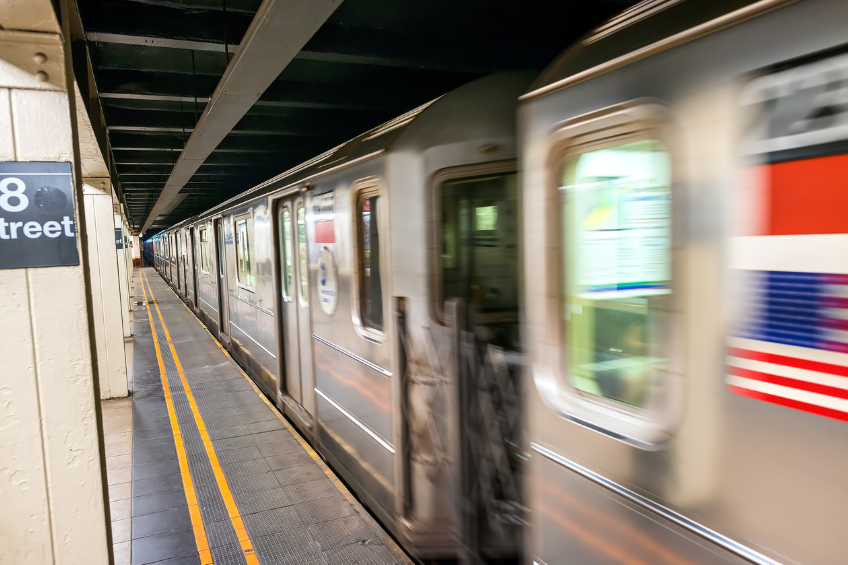
The New York Subway System has improved since the 1960’s with air conditioning as standard as well as improved venting systems. People who choose to take public transportation must be assured that their breathing of fresh air will not be compromised. Most subway riders today have not chosen that alternate since it is their only means of transportation to and from work or school. Commuters do not have to be given air quality statistics about the specific train or station they occupy, a few sneezes and coughs by themselves or other passengers is enough of a measurement. Unfortunately, even with various venting systems the fine particle air pollution of the subway system is unsatisfactory and, in some cases, outright hazardous to the commuter’s health. If folks want the subway system to be the remedy to climate change and pollution there are still way more advancements that must be implemented.

